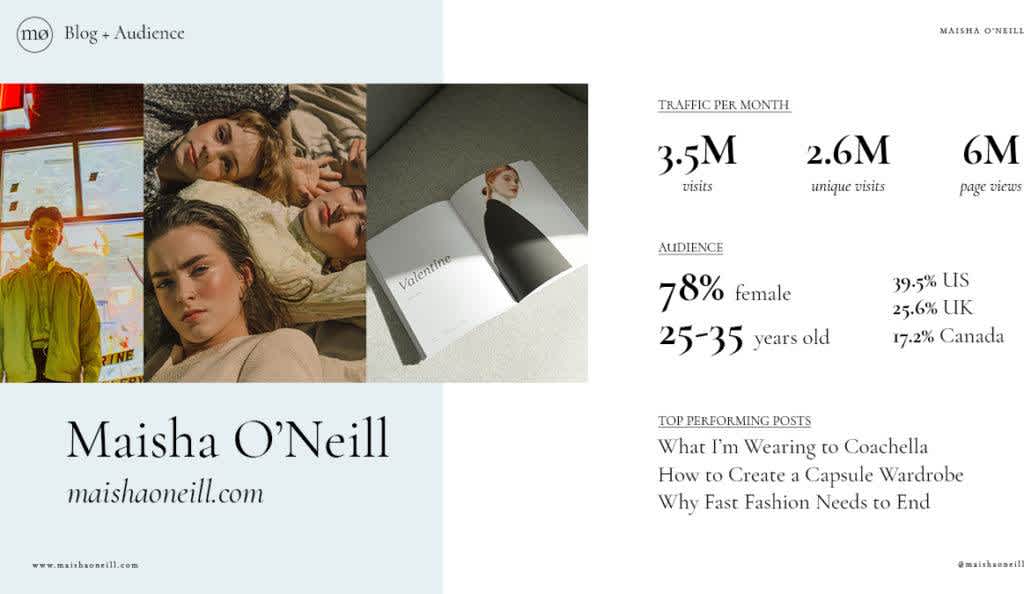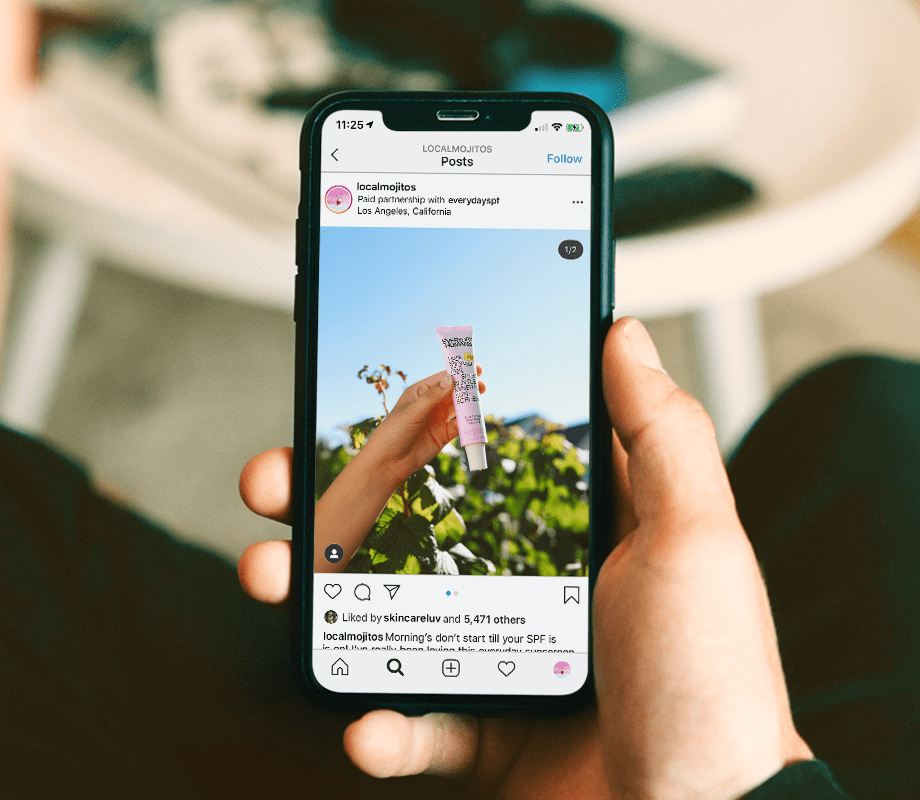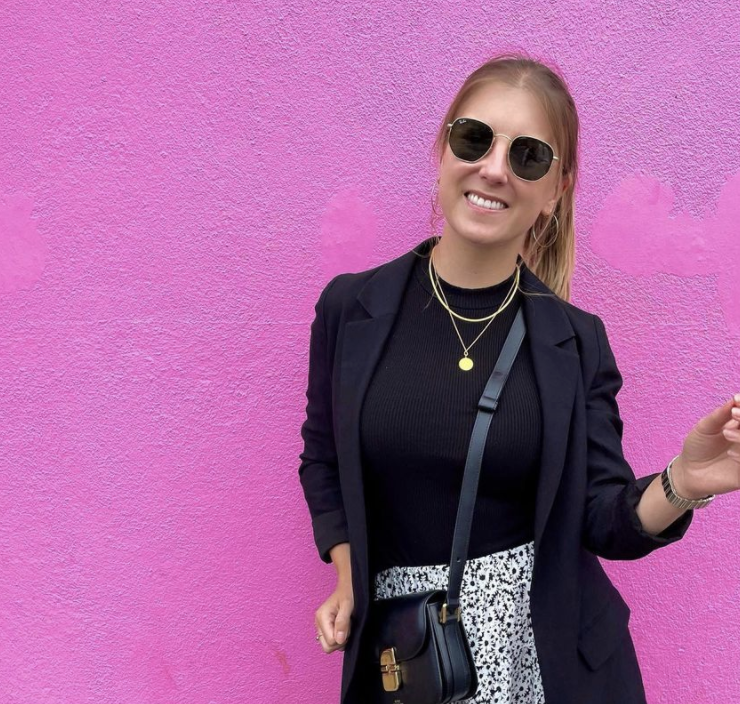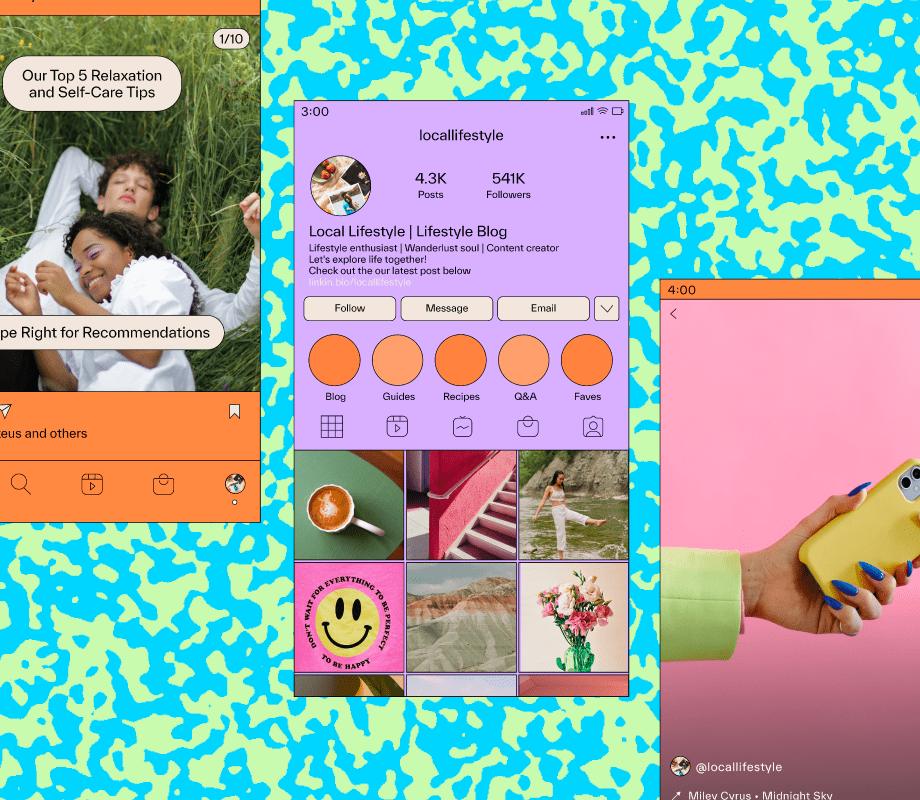Working with brands as an influencer isn’t always easy.
However, with the right tools and templates, you can safeguard your income and set yourself up for success.
In this complete guide, we’ll be covering everything you need to know to successfully work with brands, as well as our top tips for landing your perfect paid partnership.
Table of Contents
How to Create the Perfect Media Kit
How to Pitch for Paid Collaborations
What to Ask Before Working with a Brand
How to Negotiate with a Brand
What Should be Included in Your Influencer Agreement Contract
How to Avoid Influencer Scams
How to Disclose a Paid Partnership on Instagram
How to Work With Brands Part #1: How to Create the Perfect Media Kit
As an influencer or content creator, your media kit is an important resource that requires time and effort.
Your media kit is the main way brands can learn about your experience, areas of expertise, and previous campaign results — it’s like your business card, resume, and portfolio of work all in one document.

And the stronger your media kit is, the greater chance you have of landing brand partnerships and negotiating a higher rate for your work.
But what should you include in your media kit?
There is such a thing as too much information, so think of your media kit as a highlight reel that tells your story in an instant.
Typically this includes:
Bio
Social stats
Audience demographics
Platform overview
Examples of previous work + key campaign results (such as engagement insights, clicks, and sales)
One of the main challenges that brands face is validating an influencer's statistics, so the more verified your media kit is, the better.
ICYMI: With Later, you can generate a validated Performance Report with all the key metrics in one easy-to-digest, shareable link.
All your data is pulled directly from your Instagram account, in real-time, so you don't have to worry about continually updating your credentials.
Generate a verified Instagram analytics report in seconds with Later’s Performance Report feature. Available on all Growth and Advanced plans.
How to Work With Brands Part #2: How to Pitch for Paid Collaborations
Once you’ve perfected your influencer media kit, you’re ready to start pitching to brands and businesses.
It’s generally a good idea to contact brands who are already working with influencers, as they are more likely to have an allocated budget and a streamlined process in place for managing campaigns.
However, if you’re passionate about a smaller independent brand, this can also be a good place to start.
Sending a simple email or direct message can often be one of the most effective ways to get on a brand’s radar.
First impressions count, so it’s worth introducing yourself in a professional and polished way, even if you’re sending a DM on Instagram.
Ask about upcoming collaboration opportunities, summarize your experience and audience demographics, and provide your media kit for further information.
It can also be worthwhile to provide 2 or 3 content ideas for them to consider. This is a great way to help them visualize the partnership and will demonstrate that you understand how to position their products with your audience.
Alternatively, you can sign up to a third-party influencer agency to find out about relevant paid campaign opportunities. Such agencies will often manage outreach, or facilitate an introduction on your behalf.
How to Work With Brands Part #3: What to Ask Before Working with a Brand
As an influencer, it’s not just whether you’re the right fit for a brand.
Knowing your own values, and whether a brand aligns with them, is equally as important.
For example, if you advocate for sustainability or diversity, you may want to consider a brand’s environmental or inclusion policies before you agree to work together.
Similarly, you may want to think about how natural the partnership feels. If it’s a brand or product you would never normally consider, it probably won’t read as an authentic endorsement to your community.
On a practical note, it’s also worth considering how a brand’s payment policies align with your expectations too — and whether it feels like a fair deal. For example, some brands may initiate a partnership on a gifting basis.
This is where you need to evaluate if it’s the right offer for you. Ask yourself how much the brand relationship is worth, consider any non-financial benefits, and if the long-term potential could be worth a short-term loss.
If it doesn’t feel like a good deal, the chances are that it isn’t the partnership for you.
Ultimately, you have the freedom to decide who you work with. And if a brand doesn’t feel like a good fit for your ethics or policies, it is okay to thank them for the offer and politely decline the partnership.
How to Work With Brands Part #4: How to Negotiate with a Brand
As with most business agreements, negotiation is an important part of securing a brand partnership.
For example, if a brand offers you a partnership agreement at a much lower rate than you were expecting, you may want to negotiate a higher price for your work.
Sometimes a brand will have some flexibility in their budget, and sometimes they won’t.
Regardless, approach all negotiations professionally. Provide an itemized breakdown for your set rate, including equipment, your time, and any specific requirements, as well as any relevant justifications — such as previous campaign statistics like clicks or sales.
You should also know what your influencer payment rate is, and how much you are willing to trade for any reputational association before you head to the negotiating table.
Similarly, it’s good to have a clear idea of when you are comfortable accepting gifting in lieu of payment, and whether you are willing to accept a lower payment for an initial trial campaign.
There’s no right or wrong answer, but setting standards for yourself in this way will help you to remain consistent and steadfast in your negotiations.
TIP: If you’re unsure of how much to charge, check out our blog post: This is How Much Instagram Influencers Really Cost.
Did you know you can batch, prep, and preview your Instagram feed in advance with Later? Sign up now for free!
How to Work With Brands Part #5: What Should Be Included in Your Influencer Agreement Contract
Influencer agreement contracts can vary in terms of length, terms, and conditions.
Unfortunately, there is no “official” template for an influencer agreement — but there are a few things you should always look out for.
It is your responsibility to protect your best interests, and checking the fine print early on is always advisable.
Here are 6 sections you should expect to see in your agreement:
#1: Specific Activities: This section should outline the requirements for your paid partnership content, including the date of posting. Ensure all specific content and caption requests are noted to avoid miscommunication and unnecessary re-shoots.
#2: Exclusivity: An exclusivity clause in your agreement should include whether you can enter into a partnership with another brand (often listed competitors) during the campaign period.
#3: Usage Rights + Content Ownership: Usage rights cover how and where your content can be used under the partnership agreement, as well as for how long. This may include their website, e-newsletter, paid social ads, billboards, marketing, and advertisements, so always take note of this section and adjust your payment fee to reflect the itemized usage rights.
#4: Pre-approval: This section should include the required approval process for your paid partnership content, as well as when and how your content needs to be submitted for review.
#5: Payment Terms: Payment terms should cover how much your payment will be, when it will be paid, and any conditions when the business or brand can revoke payment. It’s worth giving this last part some extra attention.
#6: Endorsement Disclosures: This section should include guidance on how you should disclose your paid partnership. However, you should always follow local disclosure guidelines — even if there are no endorsement disclosure terms specified in your contract.
If any of these key sections are missing, you can always request that they be added to your influencer agreement contract.
It may feel like you’re being demanding, but having all the terms and conditions of your partnership disclosed in writing is one of the best ways to protect your brand and prevent costly misunderstandings.
Ready to level-up your social media strategy? Plan and preview your posts in advance with Later for free!
How to Work With Brands Part #6: How to Avoid Influencer Scams
Unfortunately, influencers and content creators are often targeted in email scams and phishing attempts.
However, there are some quick and easy ways to check if an opportunity is legitimate, so you can safeguard your account and avoid hacking attempts.
#1: Check the Sender’s Email Account: If an email is claiming to be from a brand but isn’t using a branded email, this is a red flag.
#2: Check for Telltale Signs: If an email isn’t addressed to you personally, contains spelling and grammar errors, or requires you to “pay for postage” for a free item, it could be a mass-send scam.
#3: Think Before You Click: Safeguard yourself from phishing attempts by checking link destinations before you click them, and avoid suspicious-looking URLs.
#4: Never Share Security Details: No brand should ever need your Instagram password, and sharing this over email can compromise your account.
And above all, always trust your instincts. If something feels too good to be true, it probably is. If something seems suspicious, spend 5 minutes researching the company before you reply or click a link.
How to Work With Brands Part #7: How to Disclose a Partnership on Instagram
Once you’ve landed a brand partnership, you should always clearly disclose your collaboration.
To make things extra complex, most countries have a governing body that sets rules for disclosing brand partnerships on social media — but if you’re not sure where to start, the FTC has a clear set of influencer guidelines that you can follow.
The FTC requires you to disclose when you have any financial, employment, personal, or family relationship with a brand.
This can include everything from being paid and receiving a gift, even if you think your evaluations are unbiased or you weren’t specifically asked to review a product.
Basically, it all comes down to transparency.
It’s about making sure your followers are aware when you’ve been paid or given something of value to promote a product — as opposed to recommending a product because you simply like it.
If your followers can’t tell when you’ve been paid to endorse a product, and when you’re simply highlighting a product that you personally like, you’re probably violating the FTC’s guidelines.
As an influencer, it is your responsibility to be up to speed on the latest guidelines — but if you’re low on time, here are 5 quick takeaways to keep in mind:
Place your disclosure so it’s hard to miss, i.e. at the beginning of your caption, or as a clearly visible text overlay on Instagram Stories.
Use simple and clear language, such as “ad” or “sponsored.”
Use the same language throughout. If your caption is in German, your disclosure should be in German too.
Don’t assume a platform’s disclosure tool is good enough. Always provide your own disclosure as well.
Only share honest, genuine endorsements.
Openly disclosing your partnerships is key for maintaining a sense of trust and transparency with your audience.
Most followers are receptive to brand partnerships, and understand they are an important source of income for influencers and content creators.
Influencer partnerships are set to increase as more purchases are made online.
Instagram itself is taking huge steps to streamline the e-commerce experience, with Shopping from Creators providing a new way for influencers and content creators to drive sales on behalf of brands directly within the app.
With this in mind, there’s never been a better time to improve your influencer toolkit and set yourself up for success.
Generate a verified Instagram analytics report in seconds with Later’s Performance Report feature. Available on all Growth and Advanced plans.




